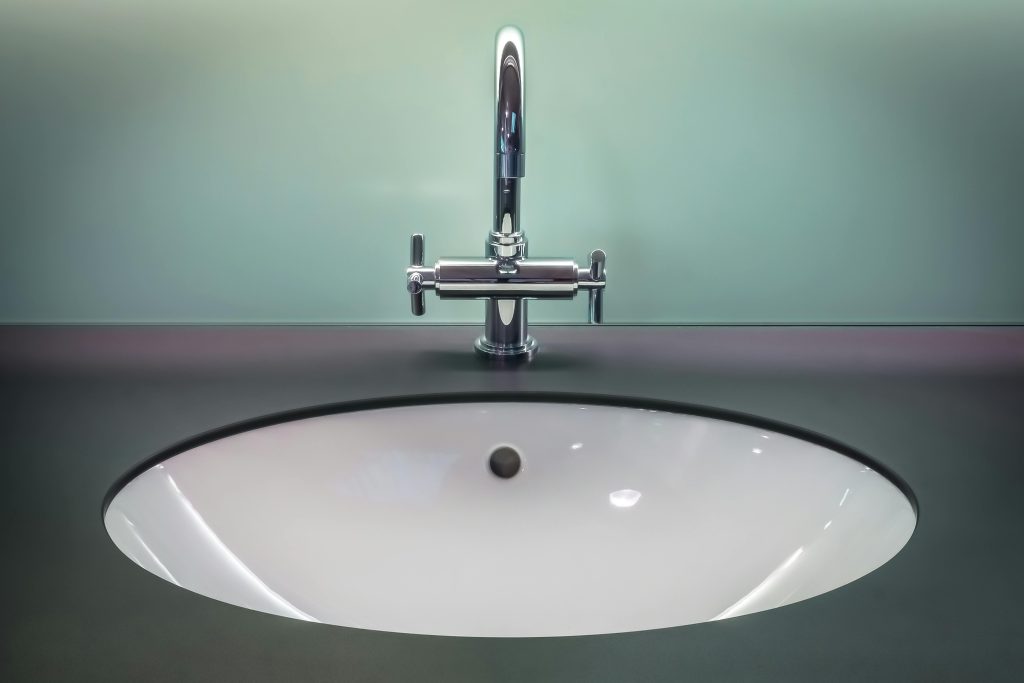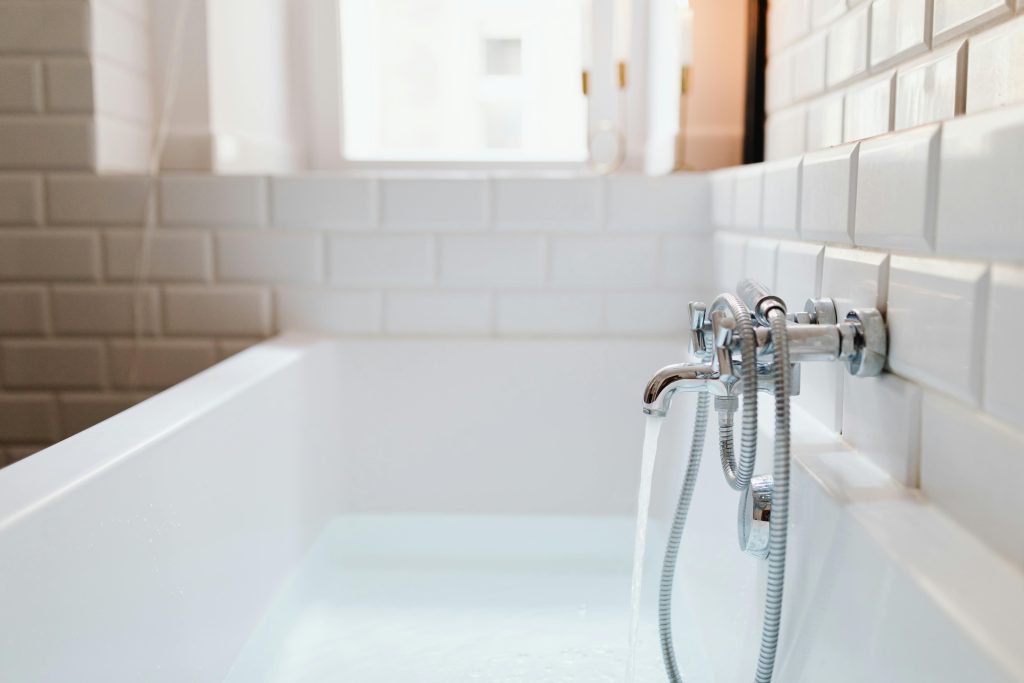A leaking tap is not just an annoyance; it’s a waste of water and can lead to significant water bills if not promptly addressed. While it may seem like a daunting task, repairing a leaking tap can often be done by homeowners themselves with the right tools and a bit of patience. This guide will walk you through the process, step by step, to help you fix that drip and save water and money. You can also use this guide to learn more about your tap and its inner workings, which will help you understand why it’s leaking and how to prevent future leaks.

Gather Your Tools
Before you start, ensure you have all the necessary tools at hand. This will prevent unnecessary delays and potential frustration during the repair process. Typically, you’ll need an adjustable wrench, a screwdriver (both Philips and flat-head), a cloth, and replacement parts such as a new washer or cartridge depending on the type of tap. It’s also advisable to have a bucket or towel nearby to catch any excess water. If you’re unsure about the tools required for your specific tap, refer to the manufacturer’s instructions or consult a professional plumber.
Turn Off the Water Supply
Before you begin any repair work, turn off the water supply to avoid flooding and potential damage. Most taps have a shutoff valve located under the sink or near the main water supply. Turn this valve clockwise until it is fully closed. If you cannot find a shutoff valve, turn off the main water supply to your home. The process of turning off the main water supply varies depending on your home’s plumbing system, so refer to your manufacturer’s instructions or consult a plumber if needed.
Consult Professional Plumbers and Guides

While repairing a leaking tap can often be done by homeowners, some situations may require the expertise of a professional plumber. If you’re unsure about any steps in the repair process or encounter unexpected issues, it’s best to consult a professional for assistance. Additionally, there are numerous guides and tutorials available online that provide detailed instructions on how to fix specific types of taps. Namely, the professionals from D&S Plumbing Group suggest starting off by identifying your tap type so that you can follow the appropriate guide for your specific tap. After gathering tools and turning off the water supply, prepare the workspace by laying down towels or a bucket to catch any excess water that may leak during the repair process.
Don’t Force It
When dealing with a leaking tap, it’s crucial to exercise patience and avoid applying excessive force to any components. Forcing parts or exerting too much pressure can exacerbate the issue, leading to more severe leaks and potential injuries. Take your time and carefully follow the instructions to ensure a successful repair. Common causes of a leaking tap include a worn-out washer or O-ring, a damaged valve seat, or a faulty cartridge. Identifying the root cause of the leak will help you select the appropriate replacement parts and prevent further damage.
Reassemble Your Tap
Once you’ve identified the issue and replaced the necessary parts, it’s time to reassemble your tap. Carefully align all the components in the order they were removed, ensuring each piece fits snugly and securely. Once you’re confident everything is in place, slowly turn your water supply back on and monitor the tap for any leaks. Don’t rush this process; take your time to ensure that everything is functioning as it should be.
All in all, fixing a leaking house tap is a practical skill that every homeowner should learn. Not only does it save on water and reduce utility bills, but it also gives you a better understanding of the plumbing in your home. As with any DIY task, if you ever feel uncomfortable or uncertain, don’t hesitate to call in a professional. After all, it’s better to err on the side of caution when it comes to maintaining your home. Remember, patience, the right tools, and a solid guide are all you need to tackle that annoying, leaky faucet.



